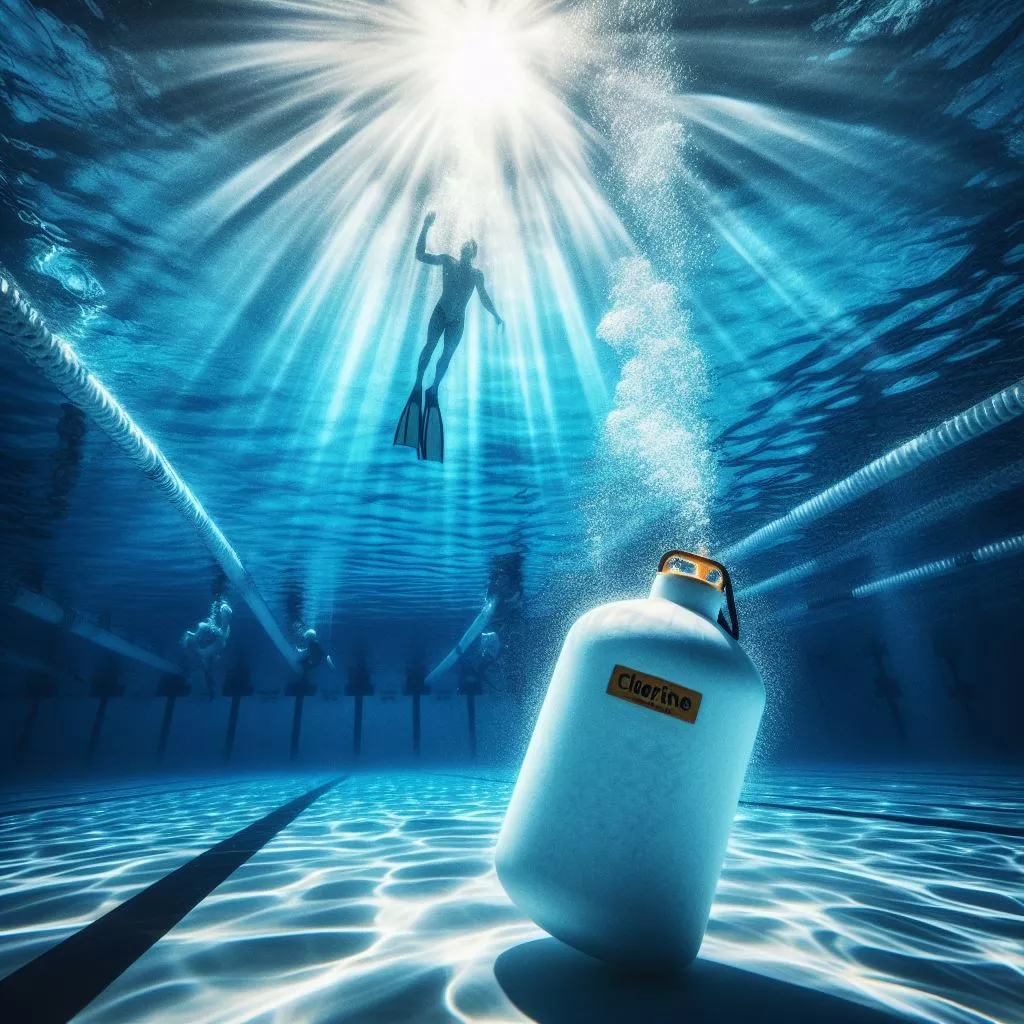Swimming has become one of people’s favorite ways to cool down the summer, but the seemingly clear swimming pool water poses many safety hazards: adsorption accidents, chlorine poisoning, eye and skin diseases and so on. Among these hazards, chlorine gas poisoning, known as one of the “pool killers”, causes serious harm to human health. This paper mainly introduces the difference between ORP and residual chlorine in swimming pool water quality hygiene standards and how to measure their values.

Pool residual chlorine
Pool residual chlorine, also known as free residual chlorine, refers to the chlorine that remains in the water after disinfection when a chlorine disinfectant is added to the swimming pool, including free residual chlorine and combined residual chlorine, which means that the chlorine disinfection dose is enough to kill the bacteria and viruses in the water, and there is still disinfectant remaining, so as to ensure the disinfection effect of the pool water. However, excess chlorine in the pool can harm the human respiratory system, causing symptoms like dizziness, nausea, vomiting and others. It will also cause damage to skin cells, easy to cause dry skin, chapped, aging, and even cause various skin diseases. And chlorine can easily react with organic matter in water to produce carcinogens such as trichloromethane, which seriously endangers people’s health. It is important to know that pool water disinfection involves the use of chlorine-containing disinfectants, and the residual chlorine left after killing algae in the water post sterilization is what we refer to as residual chlorine. After killing algae, the residual chlorine should be kept at 0.3-1.0mg/L. It is an important project index in swimming pool water quality hygiene standards.
ORP value
ORP value is representative in swimming pool water treatment, and ORP stands for REDOX potential, which will soon be implemented in the new water quality standard. In water, each substance has its own REDOX capacity, and these different substances of REDOX reducibility will interact with each other and eventually constitute a certain oxidation reducibility. The REDOX potential is mainly used to reflect the oxidation-reducibility of all substances in an aqueous solution. The higher the REDOX potential detected in the pool water, the stronger the oxidation; the lower the potential, the weaker the oxidation.
The role of ORP
The higher the ORP value, the stronger the disinfection effect of the water; the lower the OPR value, the weaker or poorer the disinfection effect, so the ORP REDOX potential in the general swimming pool water should be ≥700mv. mv is a voltage unit, also known as millivolt, is a smaller voltage unit, and usually what we call residual chlorine refers to free residual chlorine (refers to OCL+, HOCL, CL2, etc.), which is a more direct expression of the efficacy of disinfection in water.
Combined use of pool chlorine and ORP
Both ORP value and residual chlorine can be used to monitor the strength of disinfection effect in pool water, and online monitoring of both can better manage water quality. If only ORP value is measured, it cannot effectively control residual chlorine. Moreover, the current domestic water quality hygiene standards for swimming pools do not have specific requirements for REDOX potential, and residual chlorine in water is the main disinfection representative.
The use of the detector
Some testing systems can only monitor ORP value, but the old standard does not require detecting the ORP value, can not monitor residual chlorine, monitoring indicators are single, too few parameters, so many swimming pool accidents occur directly, some newly upgraded water quality monitoring instrument, It can monitor the residual chlorine, pH, temperature, ORP and other different project indicators in the water 24 hours a day, and the installation of monitoring equipment is very consistent with the water quality and health standards of the pool. The chlorine and ORP values are monitored simultaneously, ensuring compatibility with both future and current standards, allowing for confident installation and use.

 Instant
Quote
Instant
Quote Email
Us
Email
Us